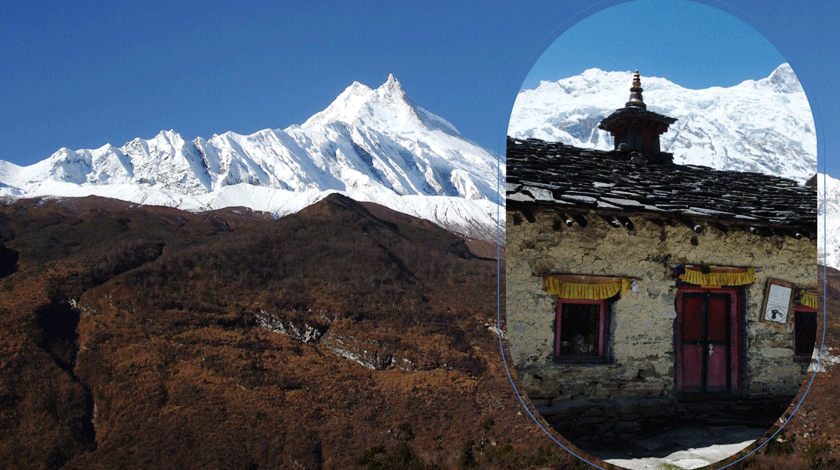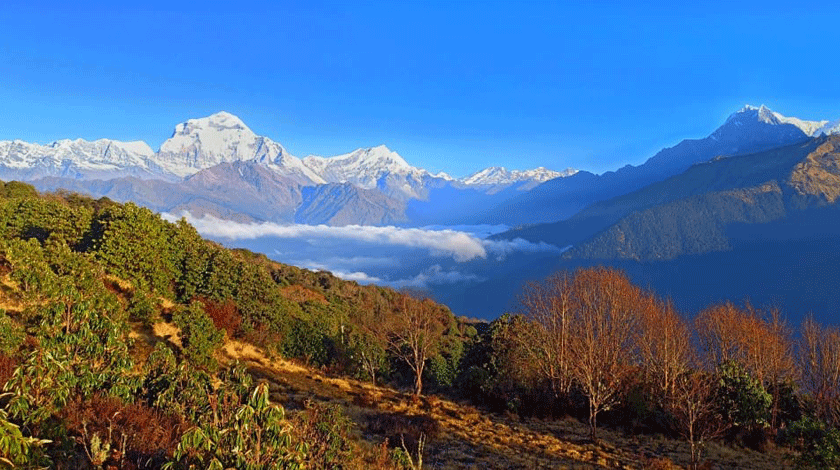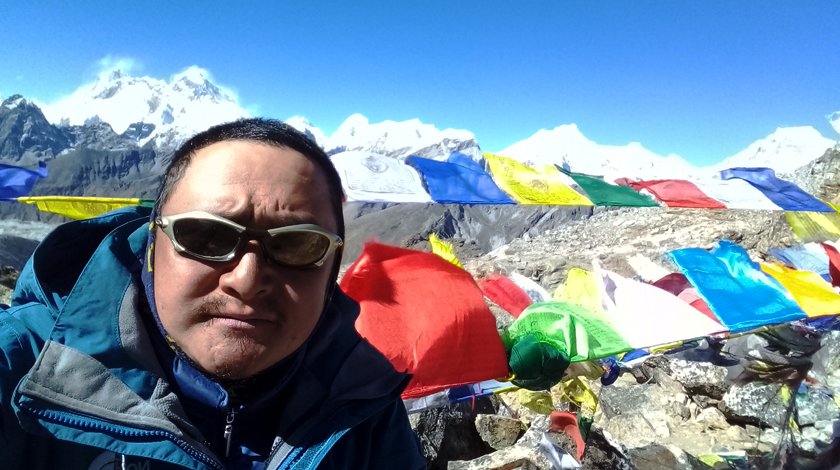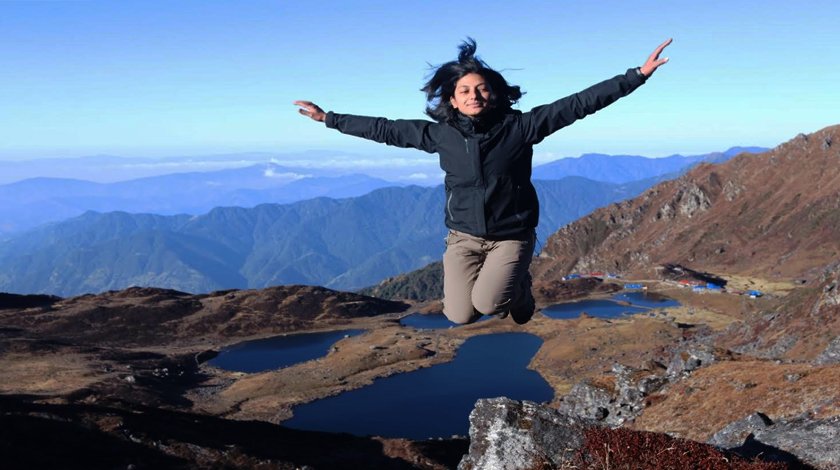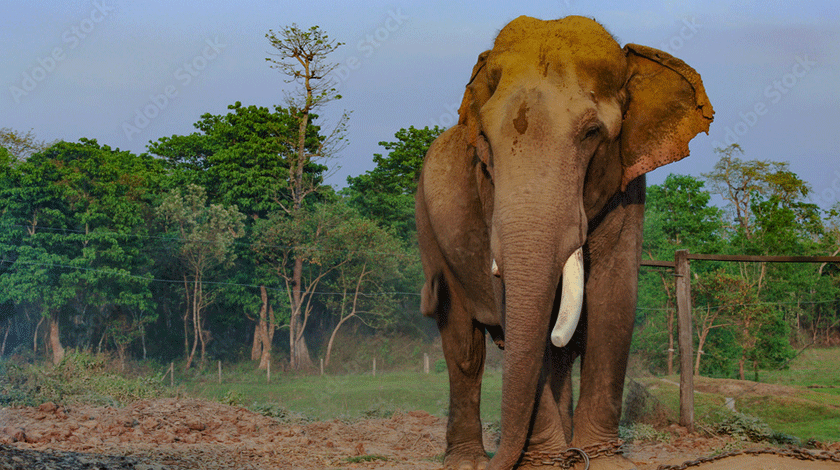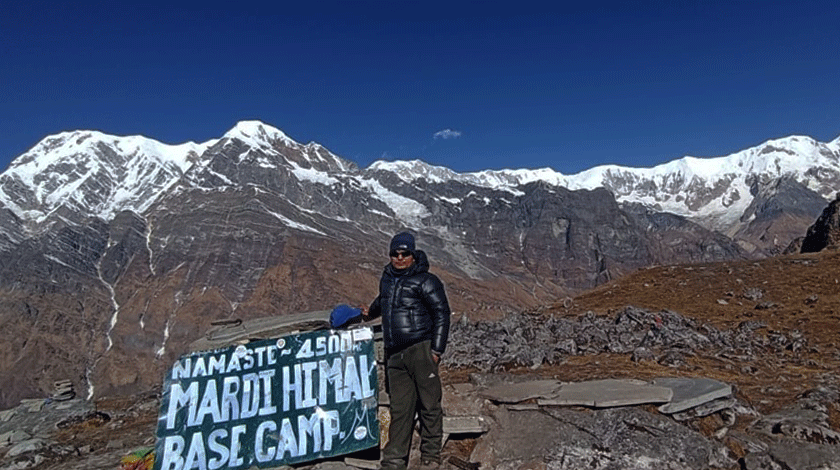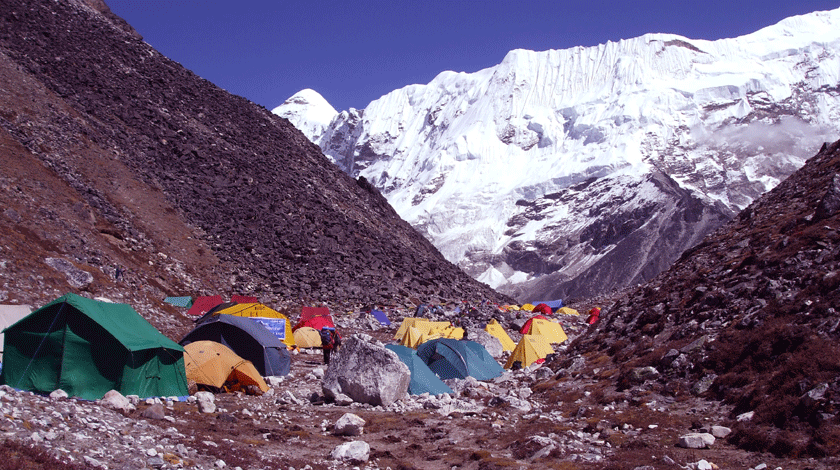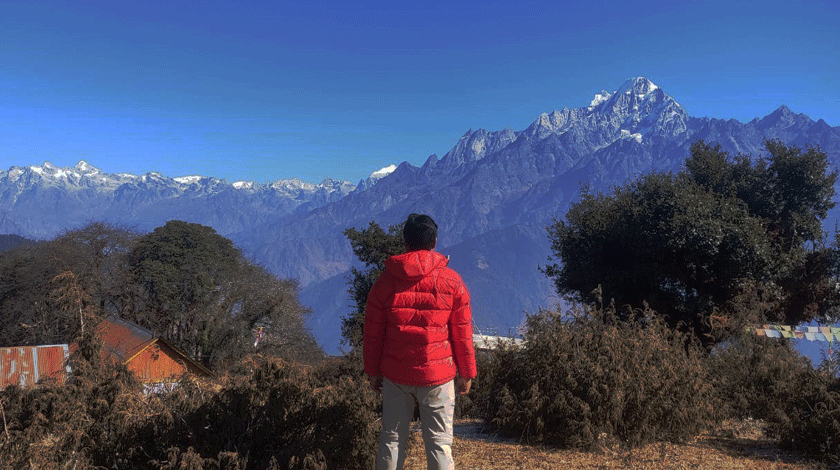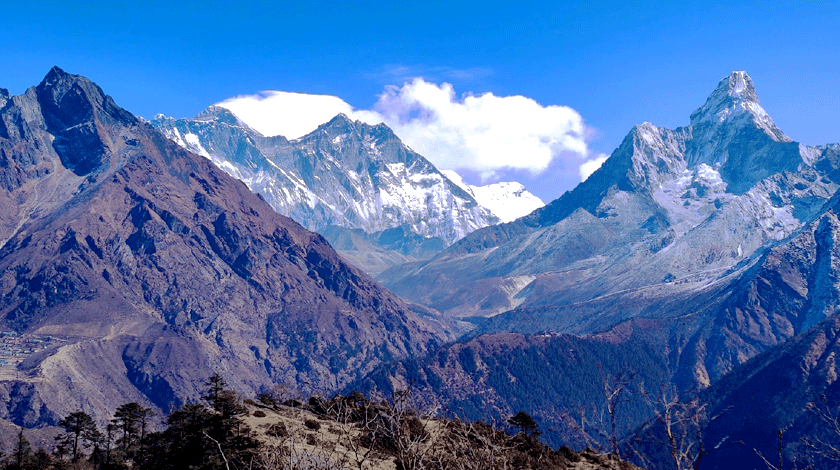Lukla to EBC distance
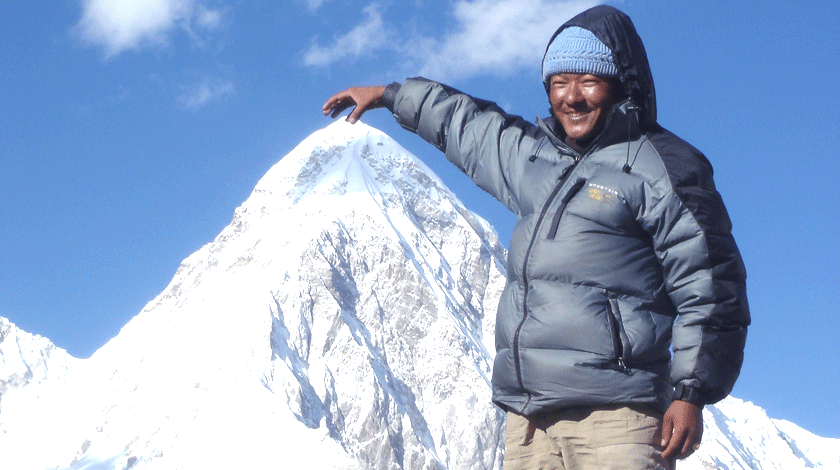
Walking Distance from Lukla to Everest Base Camp
The distance from Lukla to Everest Base Camp (EBC) is approximately 65 kilometers (40 miles). This trek typically takes 7 to 8 days to ascend and 3 to 4 days to descend. The total round-trip distance is 130 kilometers, covered in about 12to 13 days. Each day, you hike 10 to 11 kilometers, making it an enjoyable distance. The exact distance can vary depending on the route and any side trips or detours. Overall, the trek to EBC is challenging and strenuous, typically taking around 12-14 days to complete.
Things to Know Before Trekking
There are several things travelers should know before embarking on the Lukla to EBC trek. This adventure is one of the most fascinating trekking destinations in the Khumbu Valley. While the trek is incredibly rewarding, some aspects may not be immediately apparent. Here are a few considerations:
Sherpa culture Museum
If you are in Namche Bazaar on the Day of Acclimatization, please do not forget to visit the Sherpa Museum to find out more about Everest climbing history and the Sherpa culture Library, which offers a valuable research facility for those with a special interest in the history and culture of the Sherpa peoples. There are more pieces of trekking and peaks for travelers to choose from in Namche since it is the main gateway to Everest base camp trekkers and mountaineering. || 11 days Gokyo Ri Trek, || 17 days Everest 3 high passes trek, || 14 days Gokyo Lake via Everest base camp || 9 days Renjo la pass|| 3 days Island peak climbing package from the Chhukung || 3 days Lobuche peak climbing.
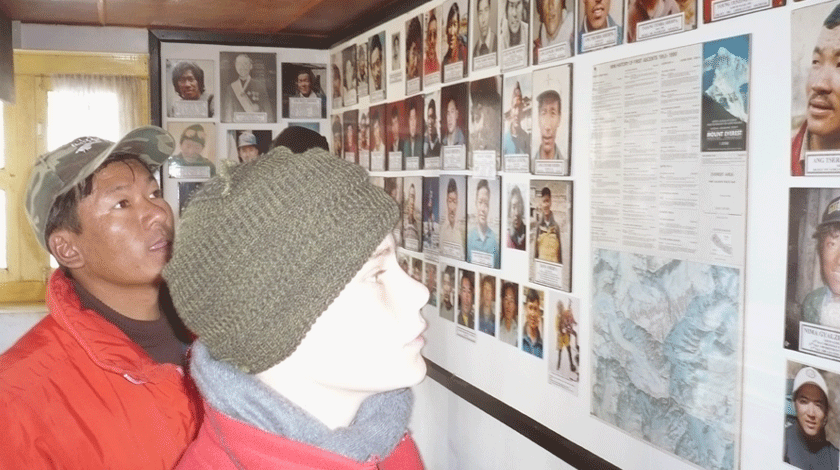
Tengboche Monastery
Tengboche Monastery is a famous Buddhist monastery in the Tengboche village of the Khumbu region. Located at an altitude of 3,867 meters (12,687 feet), it is one of the most significant monasteries in the area. The monastery was originally built in 1916 but was destroyed by an earthquake in 1934. It was rebuilt in 1989 and is now a prominent landmark on the Everest Base Camp trekking route.
Tengboche Monastery is home to the Khumbu region’s head lama and is a center of Buddhist culture and education. It houses many sacred relics and artifacts, including a 14-foot statue of Buddha and a large collection of thangkas (Buddhist paintings). The best time to visit the monastery hall is around 3:30 p.m., when monks play horn music and chant mantras. If you are there on the full moon day in October, you can witness the Mani Rimdu festival. Tengboche is also an excellent place for photographers to capture views of Mt. Everest, Ama Dablam, Cho Oyu, and Thamserku Himal.
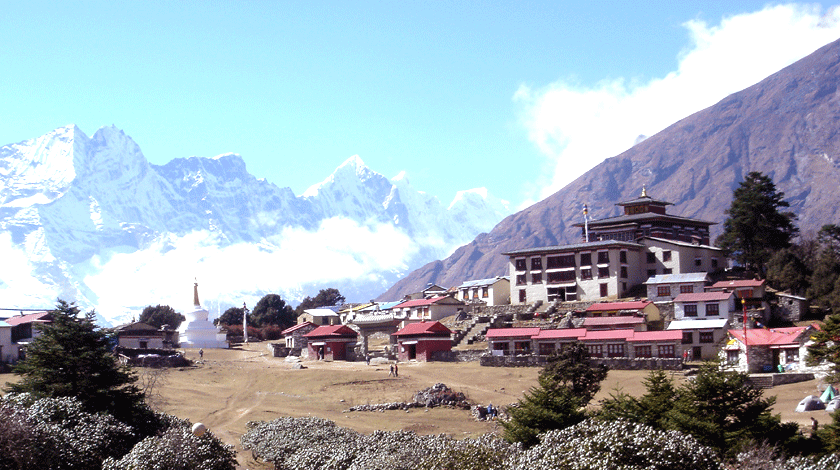
Toilets on the Everest Trek
Toilet facilities along the Everest trek vary depending on the trail’s elevation. In lower elevations, you will find Western-style flush toilets or squat toilets in tea houses or lodges. At higher elevations, the facilities become more basic. In some places, there may be only rudimentary pit toilets or “long drop” toilets, which are essentially holes in the ground. These do not have running water or flushing systems and can be quite basic and sometimes dirty.
Many tea houses and lodges have installed more modern composting toilets that use natural processes to break down human waste. It is essential to bring your toilet paper as most facilities do not provide it. Properly dispose of toilet paper and other waste to avoid environmental contamination.
In summary, the toilet facilities along the Everest trek can be basic and sometimes uncomfortable, but with proper preparation and expectations, they should not be a significant obstacle to enjoying the trekking experience.
Temperature and Gear
Trekking from Lukla to Everest Base Camp involves cold temperatures. The trek reaches an altitude of 5,643 meters, where temperatures are often below freezing. It is crucial to prepare well for the trek. Bring a down jacket, a -25 degree sleeping bag, and other necessary gear. A good sleeping bag ensures a comfortable trek, while a poor one can ruin your experience.
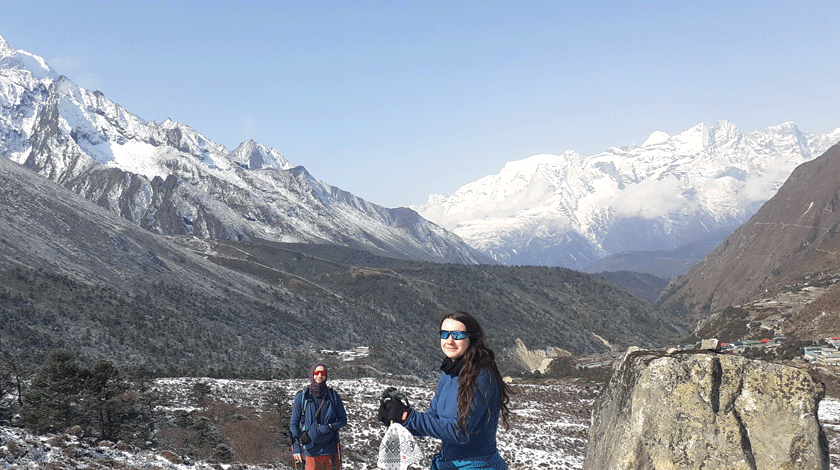
Physical Preparation
Trekking to Everest Base Camp requires a good level of physical fitness. You will be walking for several hours a day on steep, rocky terrain at high altitudes. Here are some ways to prepare:
- Cardiovascular exercise: Activities like hiking, running, cycling, or swimming can help build endurance.
- Strength training: Exercises like squats, lunges, and core exercises can help build the necessary strength.
- Altitude training: Climb to higher elevations or use an altitude tent to help your body acclimatize.
- Practice hiking: Hike on hills or mountains with a backpack to simulate trekking conditions.
Maintain a healthy diet, stay hydrated, and get enough rest during your trek. Proper preparation increases your chances of enjoying the trek and reaching Everest Base Camp.
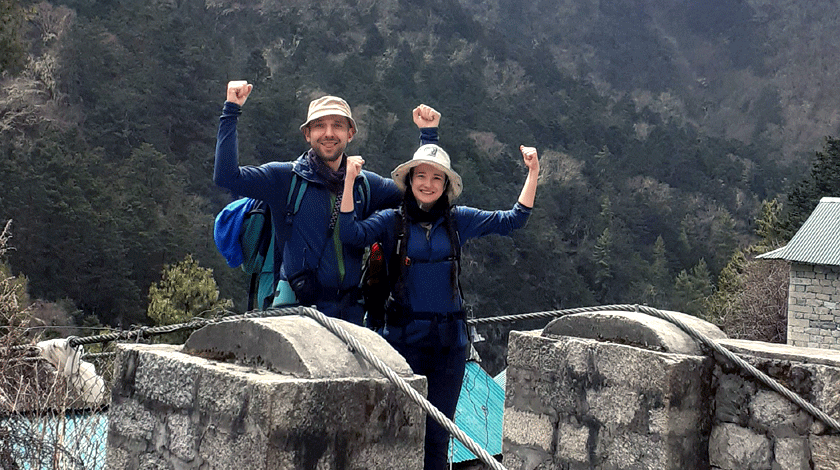
Hiring Guides and Porters
If you need trekking guides and porter services from Lukla airport to Everest Base Camp, you can hire them at Lukla airport. For more information about hiring a guide or porter at Lukla airport, you can visit this link.
Contact Information
If you have any questions regarding the Everest Base Camp trek, please do not hesitate to contact us. We will respond to your inquiry as soon as possible.
- Email: himalghale99@gmail.com
- WhatsApp number: +9779849693351
For more information about related trekking activities, you can check the following links:
- Short trek to Everest
- Kanchenjunga trek
- Lukla to Namche Bazaar distance
- Everest Base Camp and Gokyo Lake trek
- Tengboche trek


